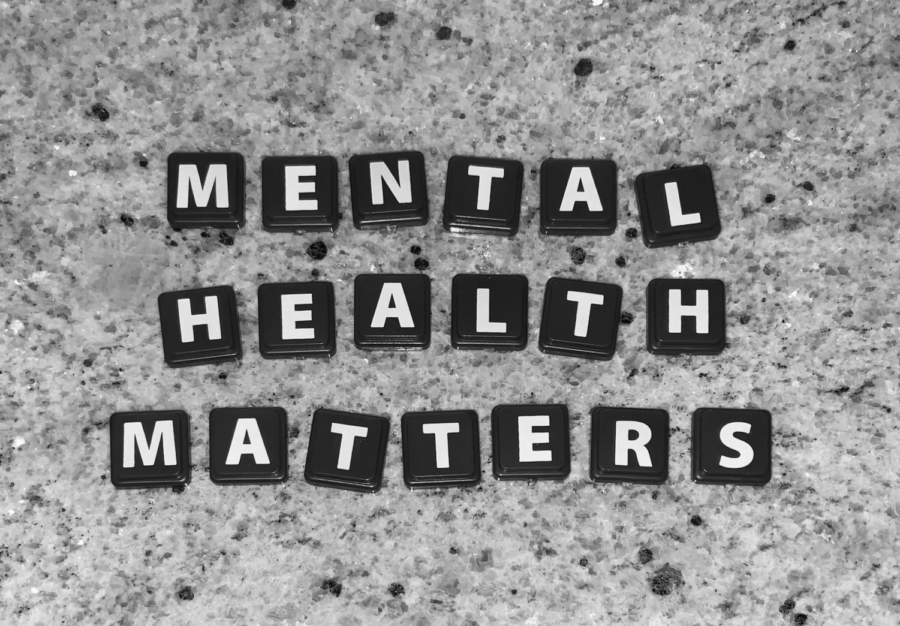Disabilities you can’t see
November 16, 2021
Many people have a certain image that comes to mind upon hearing the word “disability,” but for some, this image is far from inclusive or conclusive. Some have a very specific idea of what this means, but for students like Johnny Zeimet, a senior in the graphic design program at Iowa State, this is more of a generalized concept.
“When I hear the term ‘disability,’ I think of it as an extra challenge an individual faces during their lifetime, whether it is temporary or permanent,” Zeimet said. “Disabilities are all different, and people are affected and deal with them in different ways.
Lily Scott, a freshman in pre-landscape architecture, has a similar idea when it comes to the term disability.
“When I hear the term ‘disability,’ I think of an impairment that causes a person to require some sort of support whether that be physically or mentally,” Scott said.
Nathaniel Wade, a licensed psychologist, certified group psychotherapist, a professor of psychology and director of training specializing in counseling psychology, defines some examples of disabilities less recognizable by the public eye that some may not think of within their own definition of “disabled.”
“Most of the non-psychotic disorders, and even many of the psychotic disorders (e.g., schizophrenia), can be hidden from the public,” Wade said. “Some examples are ADHD, depression, anxiety, PTSD, sexual dysfunctions, and all of these can sometimes be seen and sometimes not, depending on the person and the situation. However, all of these have the potential to be hidden by the person experiencing them.”
Zeimet recognized this connection between mental health and disabilities.
“Mental health issues may fall into the concept of disabilities because it is something that an individual is dealing with that is causing them to think differently,” Zeimet said. “I don’t think all cases identify as a disability, however, in the case that the mental illness affects their day-to-day life, this would in fact be classified as a mental health disability in my opinion.”
Wade confirmed Zeitmet’s opinion that not all mental health issues are disabilities, but some can be disabling.
Wade offered some insight as to what students should know about the concept of nonphysical disabilities.
“A: people don’t choose to have them, it’s not a matter of being ‘weak’ or ‘immoral’,” Wade said. “B: they can create significant barriers to success. C: many of them are chronic in nature, they don’t just go away in most cases.”
Both Scott and Zeitmet recognize that the topic of non-visible disabilities, along with disabilities in general, is rarely discussed in society.
“Personally, I think disabilities, mental and physical, are very stigmatized in our society,” Scott said. “They should be talked about more, normalized and have easier access for getting help with them.”
Zeimet further emphasized why he feels it is important to discuss such topics.
“Mental health is a very important issue, it is not something to take lightly,” Zeimet said. “Due to our geographic location, it is proven that the rates of poor mental health are much higher than other places in the United States. If you know someone suffering from a mental health issue, be sure to be there for them in any way possible.”
Wade also offered some advice on interacting with peers that may have disabilities you can’t see, such as being someone to talk to, avoiding negative comments on the subject and being willing to listen without judgment. Wade emphasized the importance of overall approaching this situation in the right way.
“Treat them like you would treat anyone else,” Wade said. “Mental health issues don’t make people non-human. In fact, most humans have some experience with mental illness, either personally or a close family member.
Wade continued to state ways to approach situations in which peers with mental disabilities might not be comfortable.
“You might be sensitive about a certain struggle someone has, not pressuring someone with social anxiety to always go out, without having to avoid them altogether,” Wade said. “People with mental health issues are often very strong and courageous people, they have lived with a serious struggle and still often achieve great things, so you aren’t going to break them. Be kind, be considerate and treat them like anyone else.”







